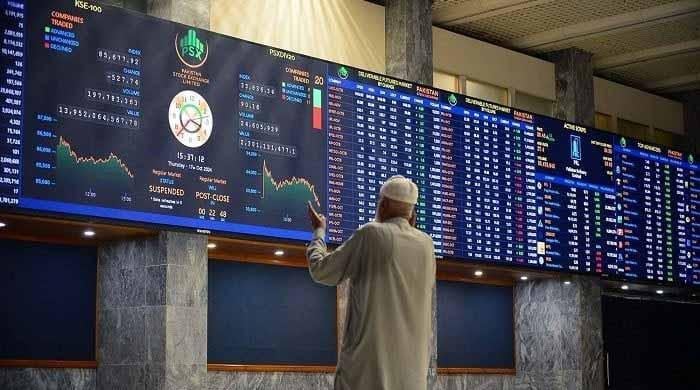Pakistan in severe liquidity crunch despite revival of IMF programme
Economic loss from floods reaches $18b; officials say without improving dollar injections, macroeconomic vulnerabilities are not going anywhere
September 10, 2022

- Pakistan has not yet made any request for further economic assistance from IMF.
- Estimated losses due to floods reach $18bn.
- Poor performance of agriculture sector will put pressure on demand for commodities imports.
ISLAMABAD: Despite the resumption of the International Monetary Fund (IMF) programme after a hiatus of seven months, Pakistan is still reeling under a severe dollar liquidity crunch as the cataclysmic floods have aggravated the macroeconomic fundamentals.
While several leaders and economists suggested that Pakistan should request the IMF for the provision of a Rapid Financing Instrument (RFI) or Natural Calamity Response-related funding facility, Islamabad has not yet made any fresh request on the expectations of a lukewarm response from the Washington-based international lender.
The IMF programme under $6.5 billion was restored in late August after it was stalled in February 2022 under the previous PTI-led regime when it provided unfunded fuel and electricity subsidies.
Pakistan's currency has been under pressure since then; while economists expected the rupee-dollar parity to improve after the revival of the IMF programme the recent catastrophic floods dented the economy.
The exchange rate has gone under immense pressure in recent days whereby the rupee nosedived 9% against the US dollar,” top official sources said while talking to The News here on Friday.
“The situation has aggravated as demand for imports has gone up manifold but the country does not have enough dollars. “Without improving dollar injections, Pakistan’s macroeconomic vulnerabilities are not going anywhere," the sources added.
Agriculture sector faces 'worst' blow
Now in the wake of severe floods, the initially estimated losses have accumulated in the range of $18 billion while Pakistan’s agriculture sector faces the worst blow.
The agriculture growth might remain zero or slide into negative against the envisaged target of 3.9% for the current financial year 2022-23.
The worst performance of the agriculture sector will put pressure on increased demand for commodities imports and if Pakistan fails to generate desired levels of dollar inflows it might create food shortages in the current fiscal year.
It is estimated that Pakistan will have to import additional cotton worth $2 billion during the ongoing fiscal year because it witnessed severe damages in the wake of flash floods affecting those areas of Sindh where the cotton production was destroyed completely.
Now the government will have to dewater the areas where sowing of wheat is done, otherwise, there is a potential threat of less production in the range of three to five million tons.
The minor crops of onion and tomato were also damaged in Khyber Pakhtunkhwa and Sindh while the demand for the import of pulses might also go up for the current fiscal year.
There is another problem that may emerge on the trade front as the country’s exports also rely upon imports on accounts of raw material and inter-mediatory goods as value addition was done for exporting finished products.









